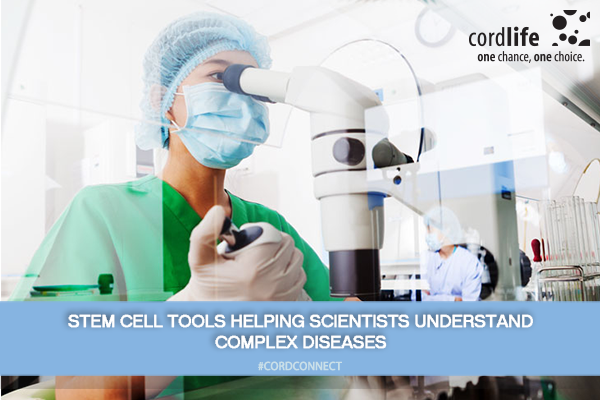Do you ever think what would have happened if there had been no discovery of the various significant tools for the diagnosis of untreatable diseases? We would have never got to the bottom that underlies the key causes of a range of diseases. And in our quest to discover more pathways to identify the etiologies of the diseases, and their severities, we need disease models for a better understanding. With regard to this, stem cells have been a great tool to foster our medical researches and discoveries of various new therapies and treatments. Let’s remove the veil to uncover the role of various stem cell tools in disease prognosis, diagnosis and their treatment options.
Various Stem Cell Tools to Understand Complex Diseases
IPS Cells
First of all, we must thank Shinya Yamanaka for inventing the human induced pluripotent stem cells using reprogramming technology to turn them to behave like embryonic stem cell like state. Since, iPS cells behave like embryonic cells, it is possible for them to turn into many cell types, and finally develop into skin, nerve, heart muscle and anything.
Ever since its inception, these reprogrammed cells have proven to be a boon for the regenerative medical therapies and novel therapeutic uses. Therefore, it is easier for researchers to regenerate complete organ tissues for liver, heart, skin, and blood using their cells, and reprogram them into iPS cells. As is with iPS cells, we would have fewer concerns over immune rejections, and no more ethical concerns for embryonic cells.
In order to understand the pathophysiology of certain medical conditions including macular degeneration, Parkinson’s diseases, frontotemporal dementia, iPS cells work as a great stem cells-based tissue models. However, the scientists found that observing the affected cells in comparison with healthy individual cells, iPS cells fail to work efficiently in the culture. Rather, they focused to introduce gene editing technology in the iPS cells to better understand the disease pattern. The process of disease diagnosis has been simplified by the introduction of gene-editing tool CRISPR CAS 9. The introduction of the disease-associated mutations in the specimen of iPS cells provide a clear vision into how the disease behaves in comparison with healthy and unedited cells. They can prove to be even more useful in identifying Alzheimer’s linked mutations through the editing of a single copy of a gene, rather than both the copies.
DNA Sequencing
Another effective tool namely DNA sequencing technologies are useful to develop human biology and improve medicines. Rather than just decoding DNA, it is capable of assisting scientists and researchers to study genomic data, which offers elaborate insights into the manipulation activity of the genes. Even in the tissue modeling of DNA sequencing, we need to the take help of iPS cells. RNA sequencing experiments allow the researchers to discern the raw data to unravel the gene’s turning on/off activity. Being the photocopy of the DNA, it is their general functions to carry information embedded in the DNA. In addition to this, RNA sequencing is more apt to expose the characteristic of specific cell types and their diversities. This RNA based sequencing helps scientists identify the accuracy and efficacy of the stem cell models in comparison to single cell-based models. Hence, using this tool, it is possible for scientists to find the accuracy rate of the stem cell models based on the genetic profiles.
BOC
The Brain of Cells- it is a scorecard being developed with a single RNA sequencing derived from thousands of fetal brain cells. With inputs from RNA, this scorecard will distinguish between brain cell types and their developmental states. This would be a milestone in understanding the neuroscience and the etiologies of neurodegeneration complexes.
With most advanced stem cell-based models, we can be able to develop tools to better understand the cell fates and their states. Thus, we could develop better disease models using this information and create effective therapeutics for use in future.
